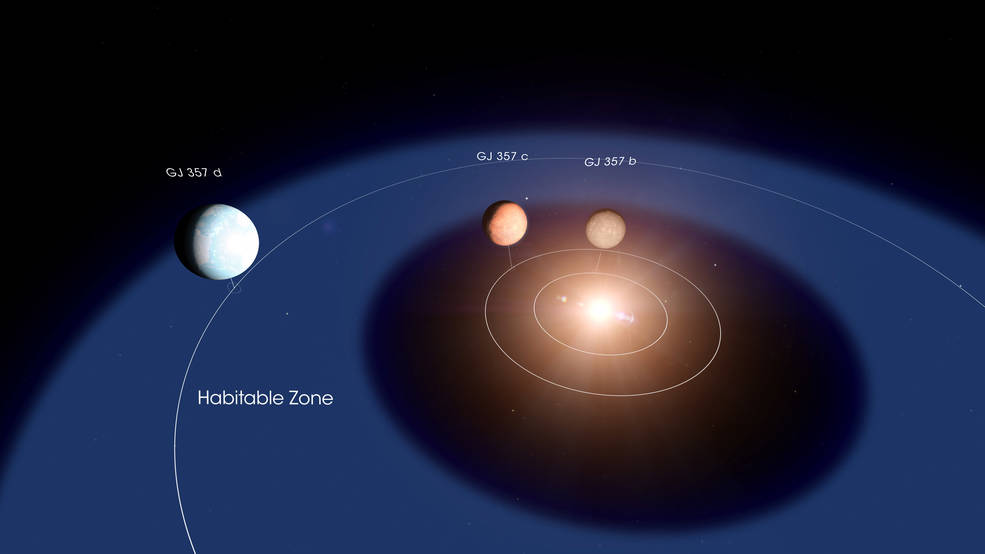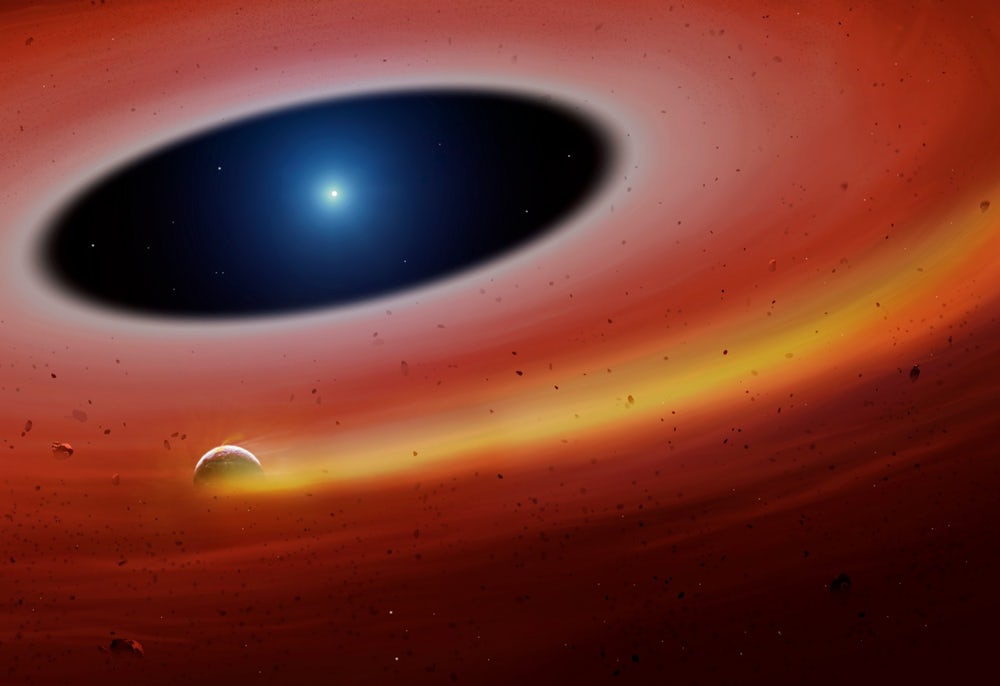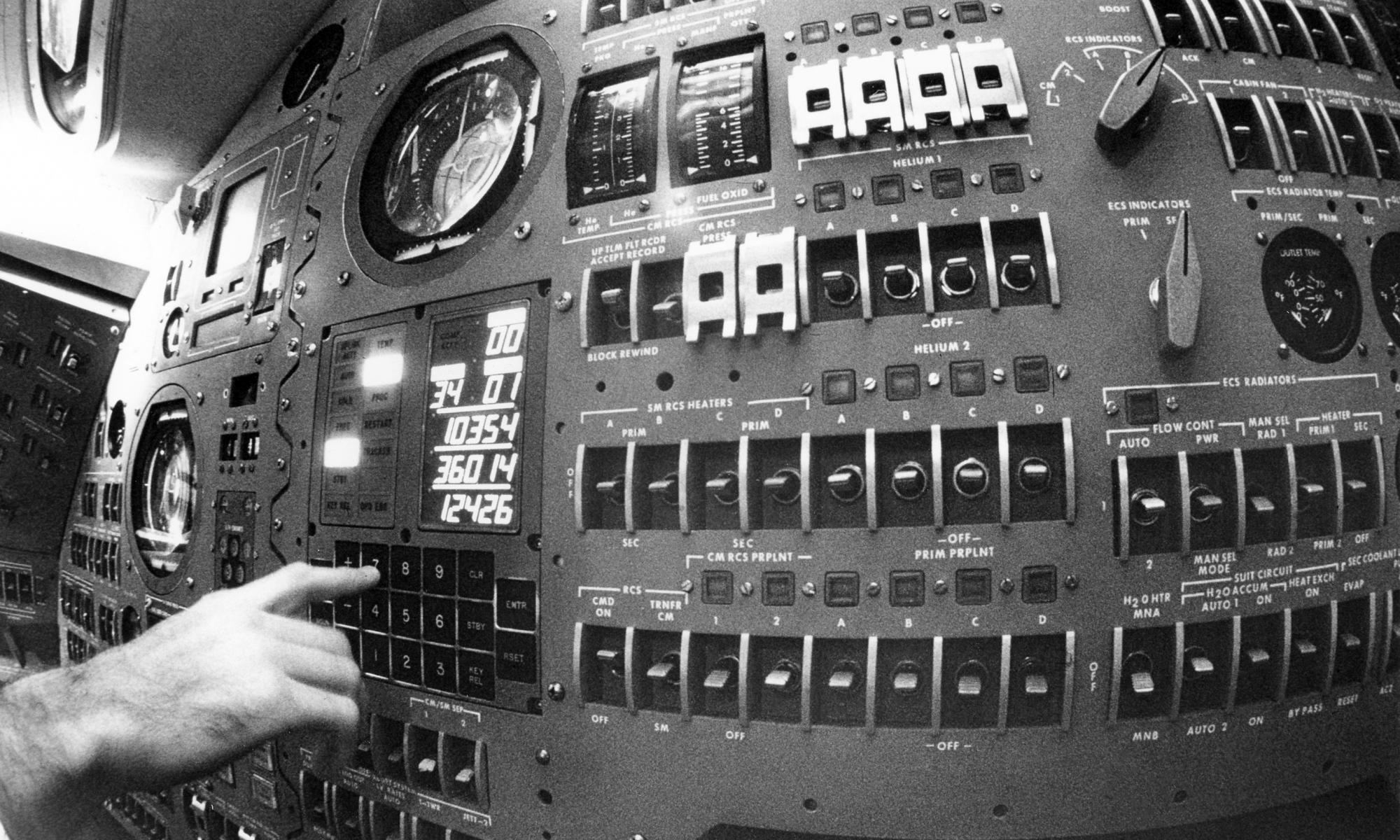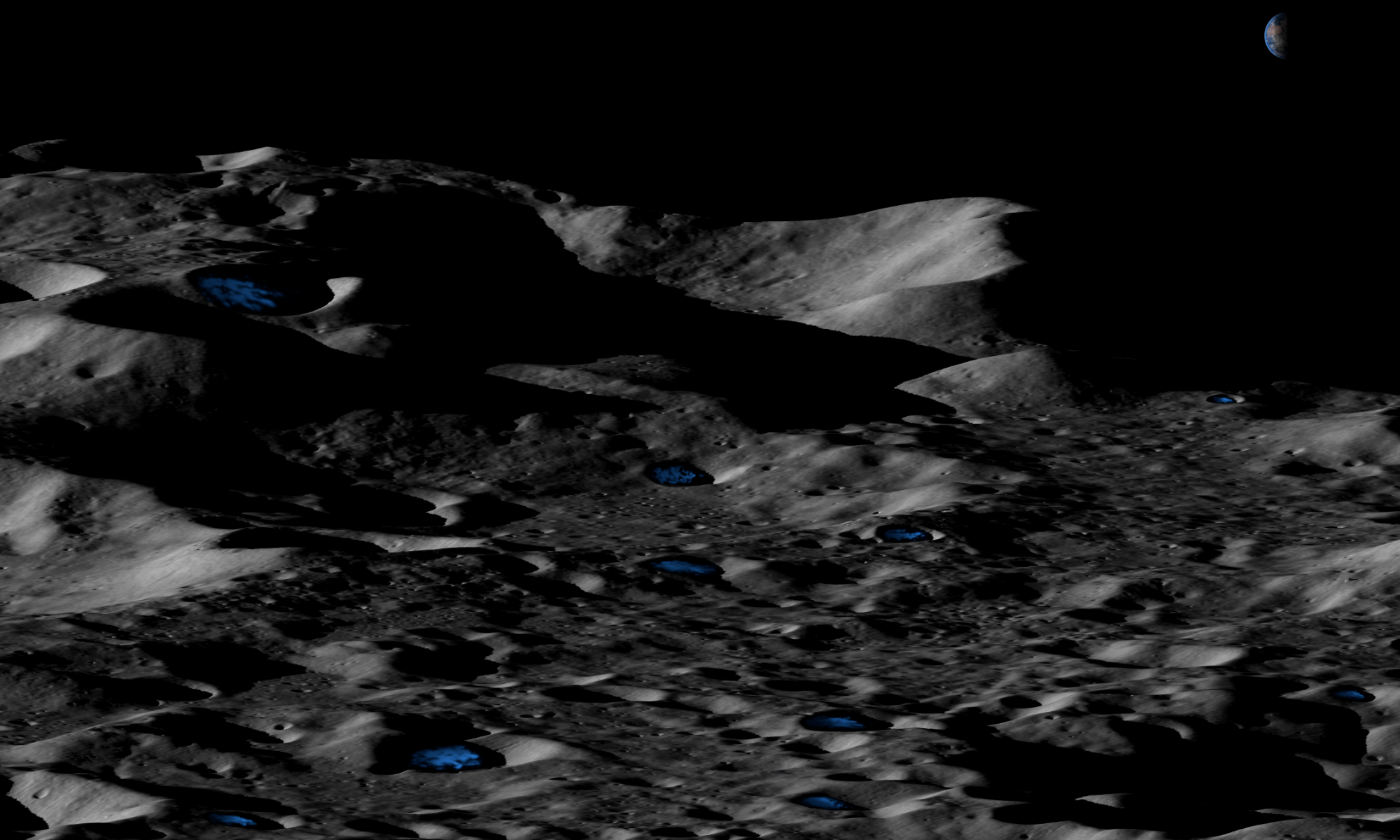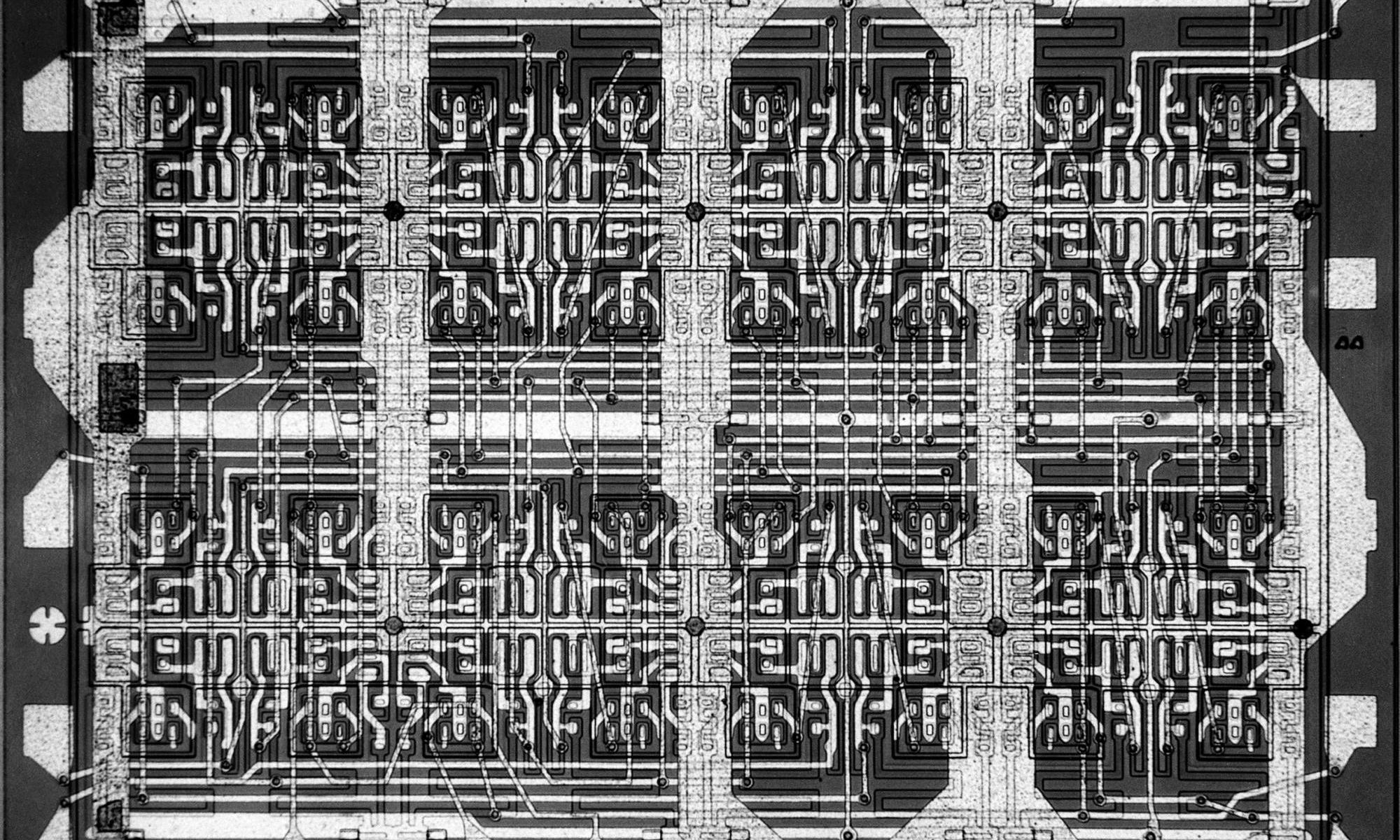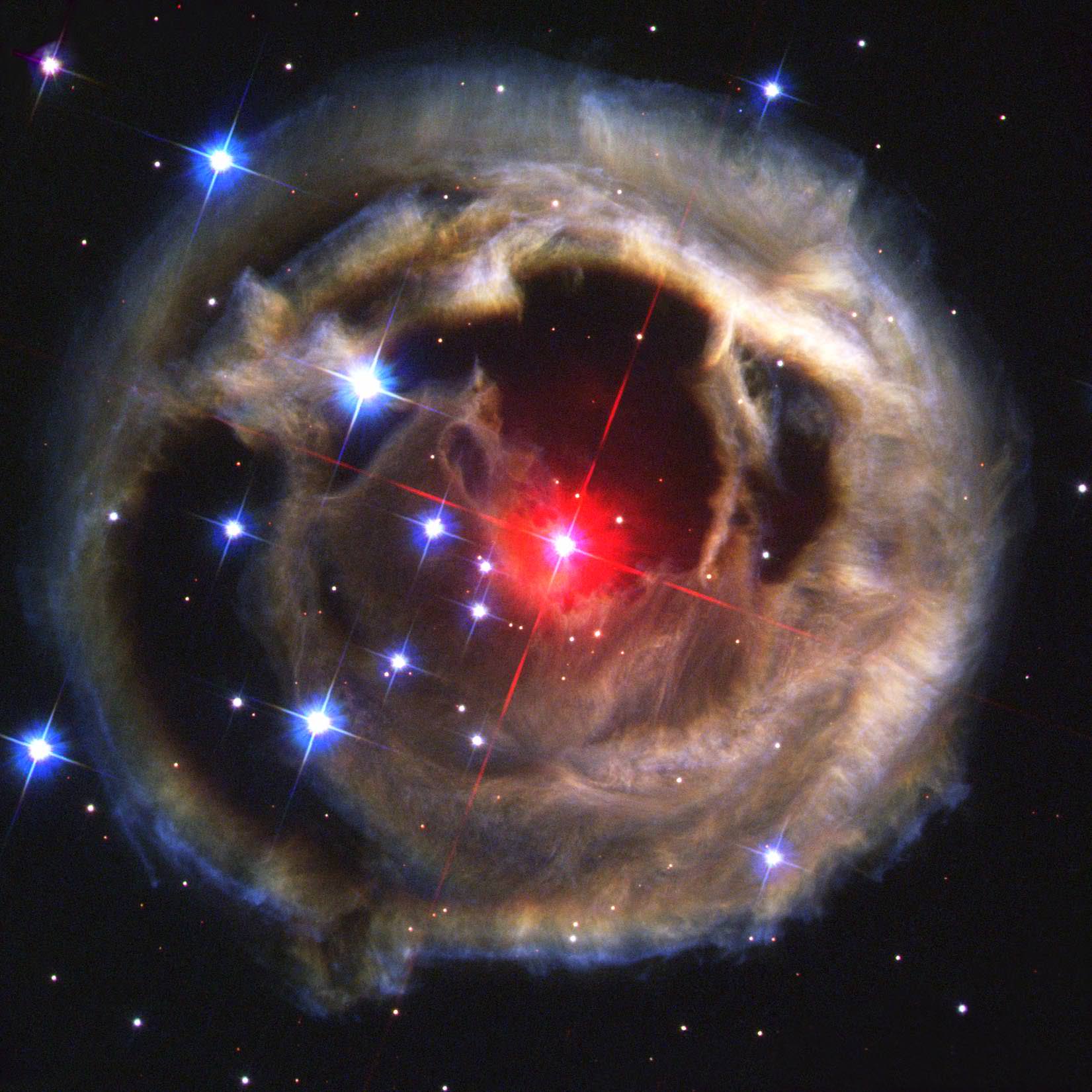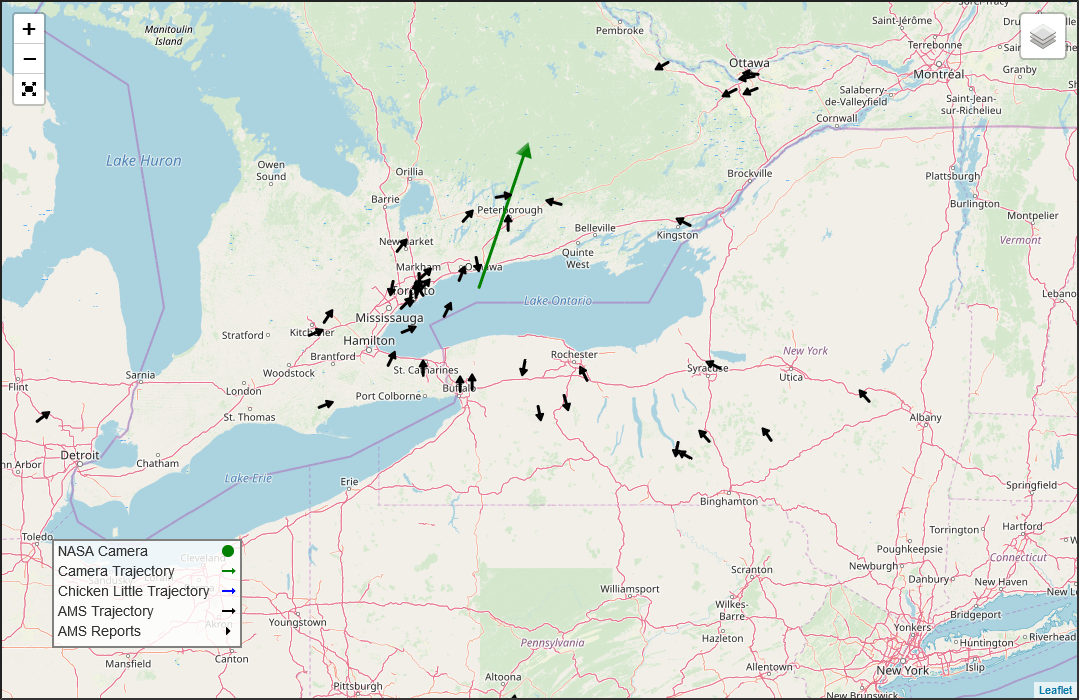NASA’s Transiting Exoplanet Survey Telescope launched back in April, 2018. After a few months of testing, it was ready to begin mapping the southern sky, searching for planets orbiting stars relatively nearby.
We’re just over a year into the mission now, and on July 18th, TESS has shifted its attention to the Northern Hemisphere, continuing the hunt for planets in the northern skies.
Continue reading “One Year, Almost 1,000 Planetary Candidates. An Update On TESS”
